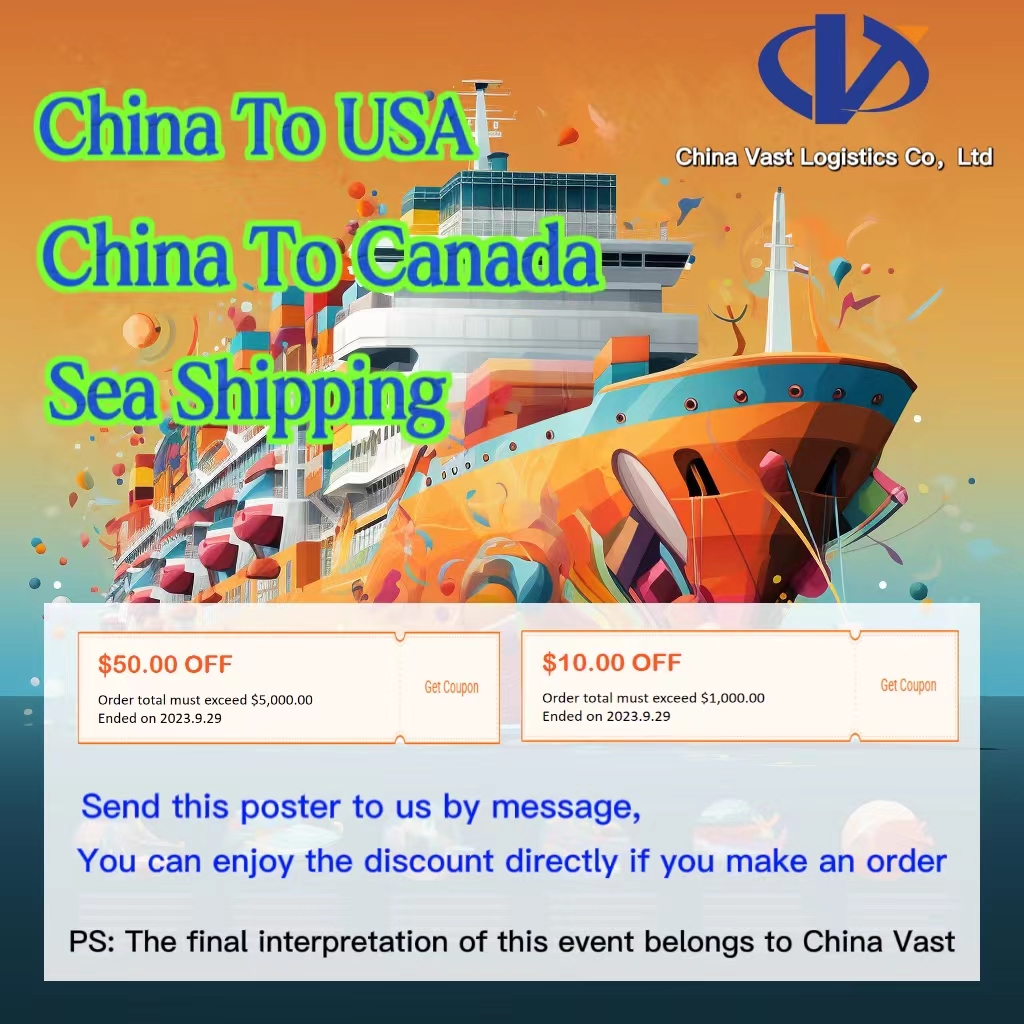On July 7 (local time), former U.S. President Donald Trump made a surprise late-night announcement on social media, releasing letters addressed to Japanese Prime Minister Shigeru Ishiba and South Korean President Lee Jae-myung. In the statement, Trump declared that the United States will impose a 25% tariff on all Japanese and South Korean imports starting August 1, 2025.
Trump stated that while the U.S. maintains substantial trade deficits with both nations, it still values continued cooperation. However, he emphasized that future trade must be “fair and balanced.” Citing national security and economic concerns, Trump said the persistent trade imbalance poses a serious threat that must be addressed.
The new tariff will apply in addition to any existing industry-specific tariffs. Trump also warned that any attempt to circumvent the tariffs by rerouting products through third countries will result in even higher duties.
Companies that manufacture or assemble products within the United States will be exempt from the new tariff. Furthermore, Trump warned that if South Korea or Japan raises tariffs on U.S. goods in response, the U.S. will impose reciprocal increases on top of the 25% rate.
The announcement immediately triggered market reactions:
-
The Japanese yen and South Korean won both plunged against the U.S. dollar.
-
All three major U.S. stock indices dipped sharply.
-
Toyota’s ADRs fell over 4%, and Nissan’s ADRs dropped more than 7%, marking their worst intraday performance since February 12.
This move signals a significant escalation in U.S. trade policy and raises concerns about a potential trade war in the Asia-Pacific region.

